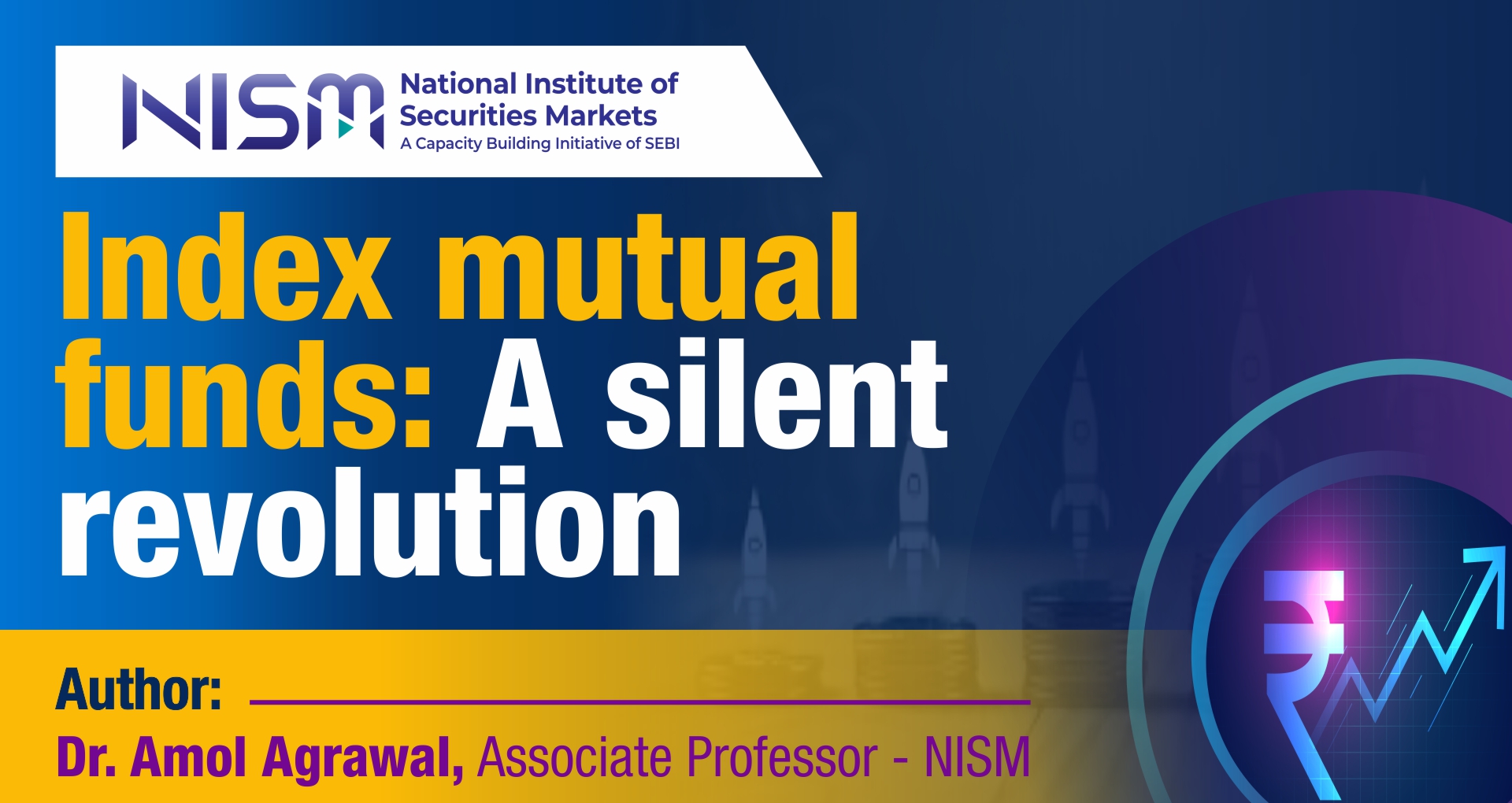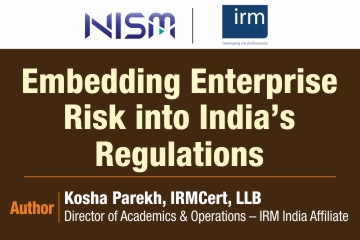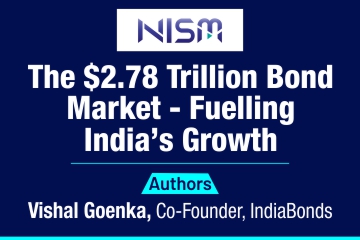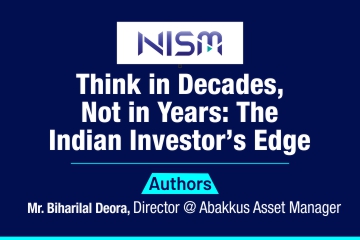
In India, the Unit Trust of India (UTI) launched the first UTI Nifty 50 index fund in 2000, recently marking its 25th anniversary.
In 1975, John Bogle established Vanguard Mutual Fund, introducing a new style of investing through index mutual funds. Though the first mutual fund was formed in 1924, it took another 50 years and the development of economic theory before index funds emerged.
In 1950, Harry Markowitz in his doctoral dissertation showed that a diversified portfolio of uncorrelated securities had lower risks than investing in a single high-return security. Markowitz’s work laid the foundation of portfolio theory. Despite initial doubts, he was awarded a doctorate in economics and later the 1990 Nobel Prize in economics along with William Sharpe and Merton Miller.
In 1956, William Sharpe advanced Markowitz’s theory by simplifying the computational complexity. He introduced the concept of beta—the covariance between a security and the benchmark index. Sharpe’s Capital Asset Pricing Model (CAPM) became a cornerstone of portfolio management theory.
In the 1960s, Eugene Fama added the Efficient Market Hypothesis (EMH), which posits that stock prices reflect all available information. As a result, no analysis can consistently predict stock movements. Fama received the 2013 Nobel Prize in economics with Robert Shiller and Lars Peter Hansen.
The combined insights of Markowitz, Sharpe, and Fama suggested that investing in a diversified, low-cost index fund is more beneficial than paying fees to active fund managers trying to beat the market.
Bogle implemented these lessons by launching the first low-cost index fund, the First Index Investment Trust (now Vanguard 500 Index Fund) in 1975. Vanguard significantly reduced expense ratios—from 0.68% in 1975 to 0.09% in 2021—contributing to the broader decline in mutual fund costs.
In 1993, Exchange Traded Funds (ETFs) were introduced, allowing index funds to be traded like stocks. Today, there are around 12,000 ETFs worth $13 trillion globally.
In India, UTI launched the first ETF in 2001. By 2007–08, there were 13 ETFs (including gold ETFs), accounting for 0.6% of total equity MF assets. Passive investing has grown rapidly since. By December 2020, there were 32 index funds and 87 ETFs, representing 0.5% and 9.2% of equity assets. By April, the numbers surged to 309 index funds and 253 ETFs, with shares of 4.1% and 12.5% respectively.
This growth is due to innovation in index and ETF offerings from both established and new MF companies. However, there’s still potential, as passive funds comprise nearly 50% of total assets in developed markets.
Index mutual funds have created a silent revolution by offering accessible, low-cost investing options. In countries like India, this revolution is just beginning.
Author: Amol Agrawal, Associate Professor
This article was originally published in Financial Express.

When people hear the term “risk management,” they often associate it with financial markets, insurance, or corporate governance. In…

As India charts its course towards Viksit Bharat, by 2047, the sophistication and depth of its financial markets are paramount.…

As investors, we often judge performance on monthly (MoM), Quarterly (QoQ) and year-on-year (YoY) statistics. It feels natural to look…
© 2025 National Institute of Securities Markets (NISM). All rights reserved.